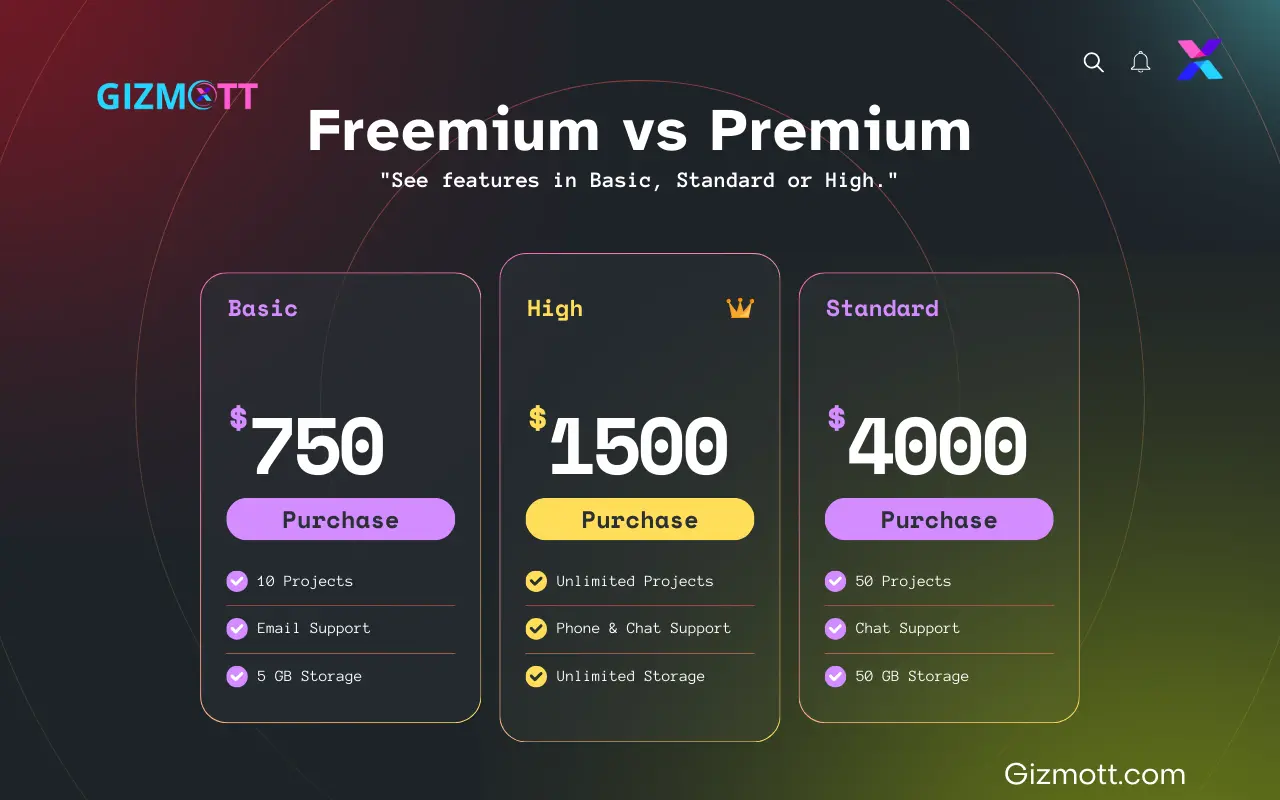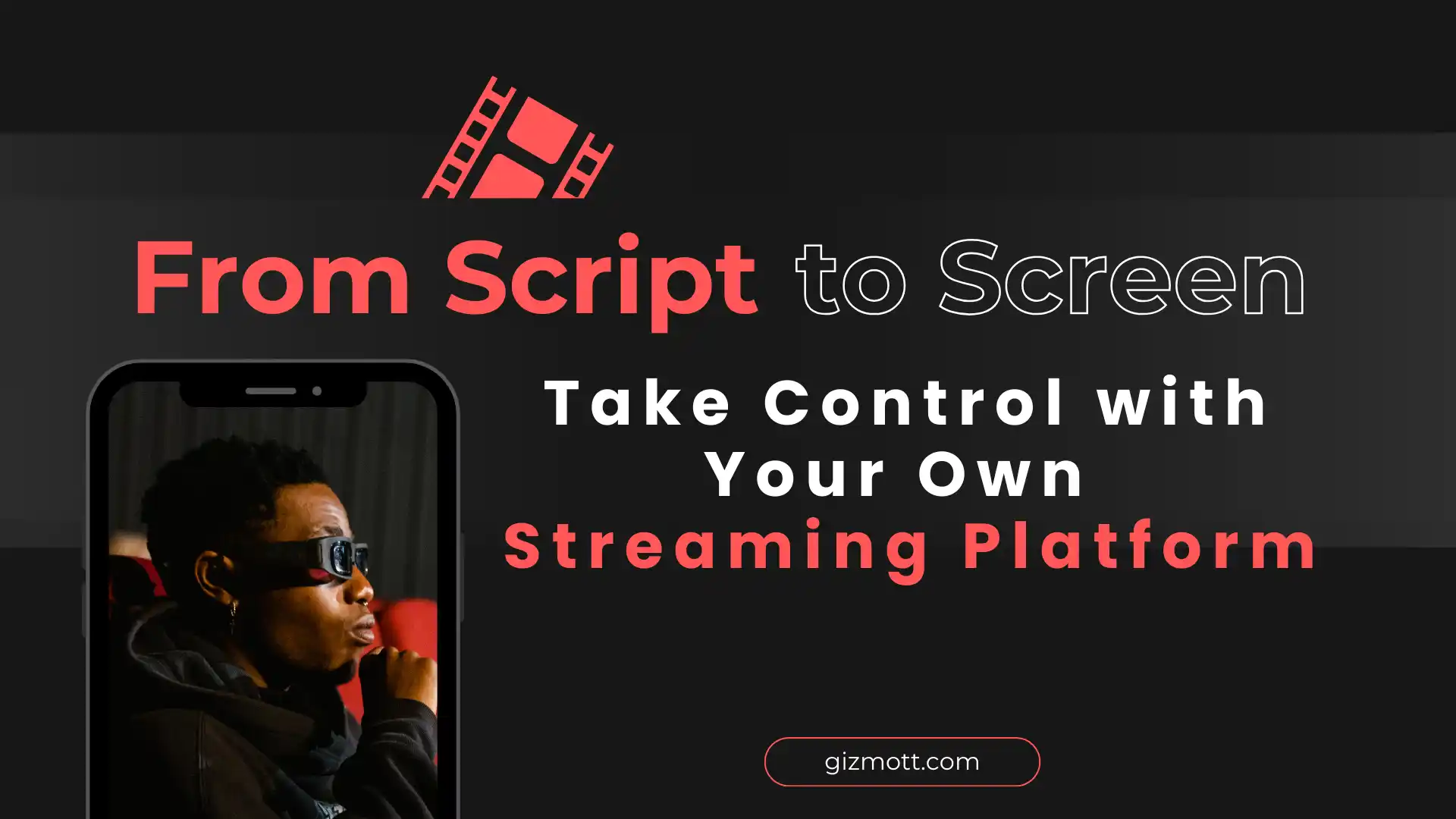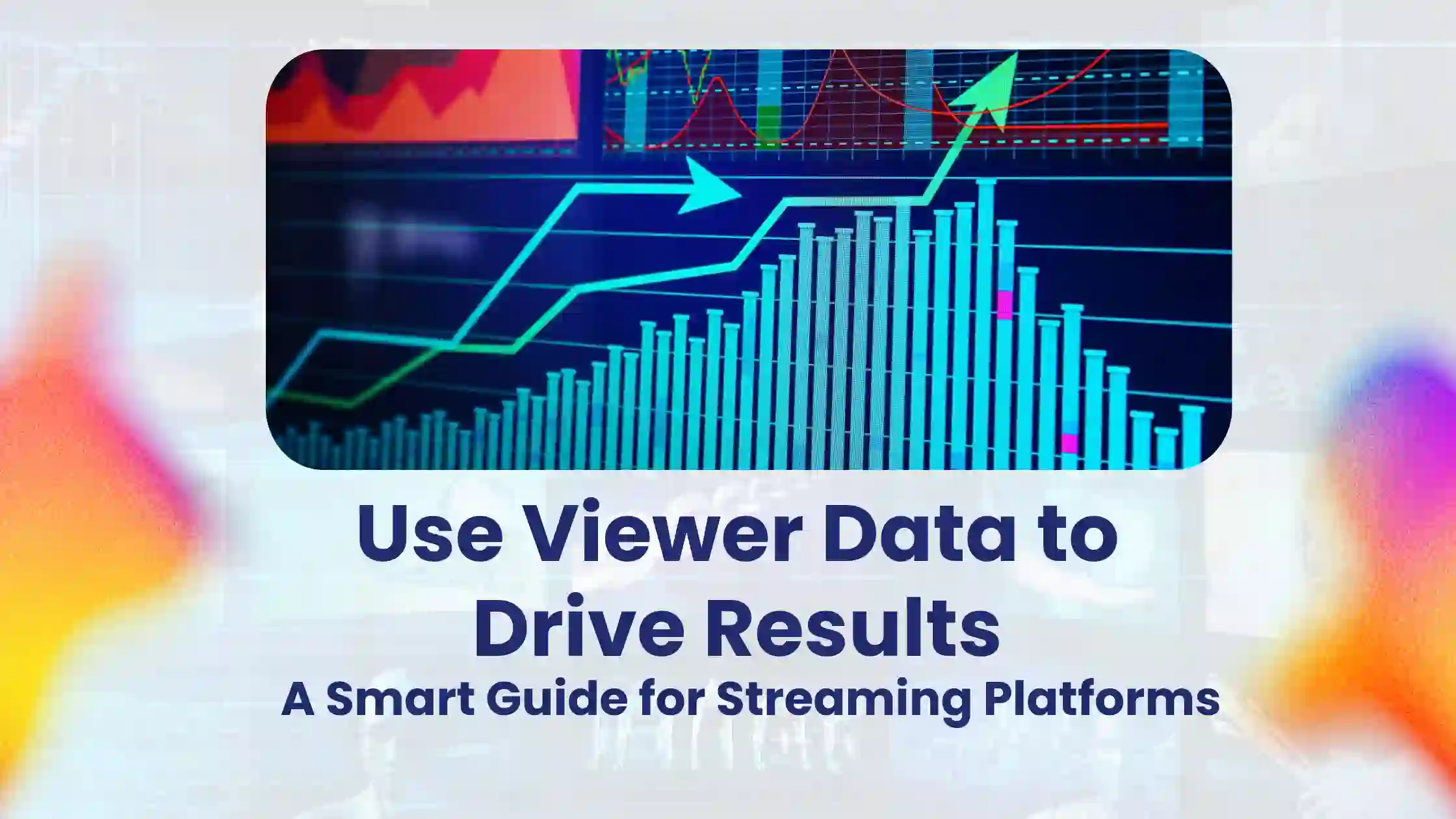Freemium vs. Premium: What Works Best for an OTT Platform?
Imagine this—you’ve built an incredible OTT platform, packed with engaging content. Now, you’re faced with a critical decision: Should you offer some content for free to attract more users, or should you go fully premium and focus on subscribers?
This question haunts every OTT provider. Some of the biggest names in the industry—Netflix, Disney+, and HBO Max—thrive on an all-premium model. On the other hand, platforms like YouTube, Spotify, and Crunchyroll have cracked the freemium OTT strategy, bringing in millions of users and then nudging them towards premium upgrades.
So, what should you choose? Let’s break it down.
What is the OTT Freemium Model, and How Does It Work?
Think of the OTT freemium model as a free sample in a store. You get a taste, but if you want the full experience, you have to pay. It works like this:
- Free Access: Users get a limited amount of content, usually with ads.
- Premium Upgrades: Users can pay for ad-free streaming, exclusive shows, higher resolutions, or early access.
- User Conversion: The goal is to hook users with free content and entice them to upgrade to a paid plan.
Sounds promising, right? But is it the best way to grow and monetize your OTT platform?
Why the Freemium OTT Model Might Be Your Best Bet
1. It Attracts a Massive Audience
If you make your platform completely paid from the start, how will users discover your content? A freemium model lets you pull in a wide audience—people who may not have signed up otherwise. More users mean more engagement, better word-of-mouth, and higher visibility.
2. Ad Revenue Adds Another Revenue Stream
Think about Hulu or Peacock—both offer free content, but their earnings don’t rely solely on subscriptions. Instead, they use strategic ad placements to make money while keeping their free users happy. If done right, ads can be a goldmine.
3. It Opens the Door for Upselling
Ever started watching a free episode of a show, only to find yourself hooked and willing to pay for more? That’s the magic of a freemium OTT strategy. By giving users a taste of premium content, you increase the chances of them upgrading.
4. It Helps You Compete with Streaming Giants
Launching an all-premium OTT platform can be risky, especially in a crowded market. A freemium approach lowers the entry barrier, letting your platform grow organically before focusing on premium monetization.
But, of course, nothing is perfect. What are the challenges of this model?
The Downsides of Freemium OTT: What You Need to Watch Out For
1. It Can Get Expensive
Running a platform with thousands (or millions) of free users means higher costs for bandwidth, infrastructure, and content licensing. If your revenue streams aren’t strong enough, these costs can eat into your profits.
2. Not Everyone Converts to Paid Plans
Let’s be real—not every free user will upgrade. Some will just keep watching free content. That’s why having a smart strategy to push premium plans is crucial.
3. Relying on Ads Can Be Risky
Ad-blockers, fluctuating advertiser demand, and changes in ad policies can all impact your revenue if you rely too much on ads. The key? Balance ads with other monetization strategies.
So, if freemium has its challenges, is a fully premium OTT model the safer choice?
The Case for a Premium-Only OTT Platform
Platforms like Netflix and Disney+ have built billion-dollar businesses on strictly paid models. Here’s why it works:
- Higher Revenue per User: No guessing games. Every subscriber pays.
- Premium Content Quality: More money means better content investments.
- No Ad Interruptions: A better viewing experience.
But going premium-only has its own risks. How do you convince users to pay without letting them try the platform first? High customer acquisition costs and limited audience reach can slow growth.
So, what’s the solution? How do you make the right choice?
The Best OTT Strategy: Freemium + Smart Monetization
Instead of choosing just one model, many successful OTT platforms blend freemium with premium elements to get the best of both worlds. Here’s how you can do it:
1. Find the Right Free-to-Premium Ratio
Give away just enough free content to get users hooked, but keep the best content behind a paywall. Example: Offer the first two episodes of a premium series for free.
2. Use Strategic Paywalls
Instead of forcing users to subscribe immediately, let them explore the platform first. Introduce paywalls at the right moments—like before the final episode of a series or after a certain watch time.
3. Leverage Ads Wisely
If you offer ad-supported content, make sure ads don’t disrupt the experience. Well-placed, skippable ads or branded sponsorships can keep free users engaged without frustration.
4. Enhance Premium Subscriptions
Want users to pay? Give them a reason. Offer features like:
- Higher resolution streaming (4K, HDR)
- Offline downloads
- Exclusive early access to new content
5. Personalization for Better Conversions
Use AI-driven recommendations to show free users what they’re missing out on. The more personalized their experience, the more likely they are to upgrade to a paid plan.
So, Which Model is Right for Your OTT Platform?
There’s no one-size-fits-all answer. The choice depends on your goals, audience, and revenue strategy.
✅ Want massive reach, ad revenue, and long-term conversion opportunities? Go for a freemium OTT strategy.
✅ Want guaranteed revenue, premium content exclusivity, and subscriber loyalty? A premium-only model might be the best bet.
At Gizmott, we help OTT businesses craft winning monetization strategies that fit their unique needs. Whether you’re building a freemium-based or premium-only platform, our advanced OTT solutions can help you optimize revenue and engagement.
Ready to build your perfect OTT platform? Let Gizmott, top OTT platform service provider help you scale and succeed!




